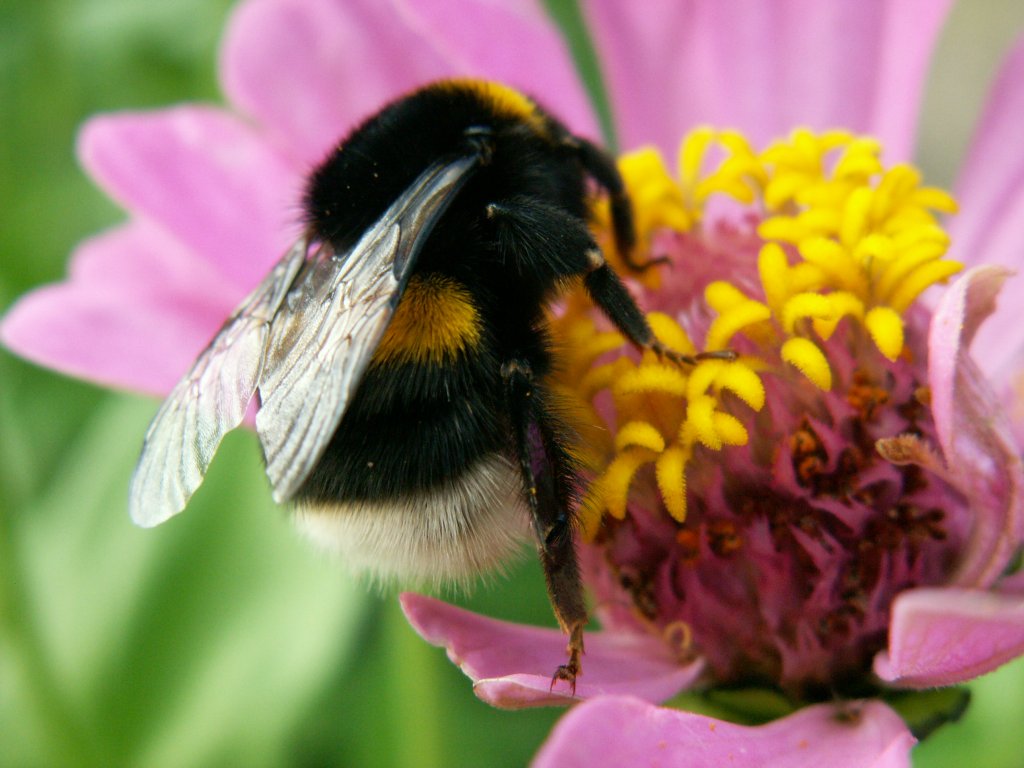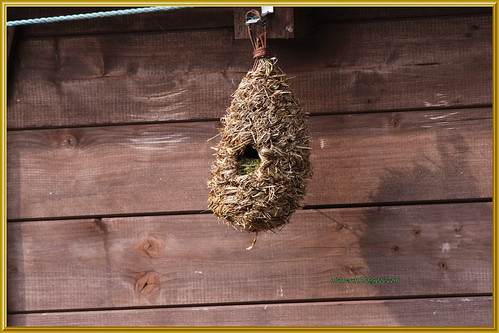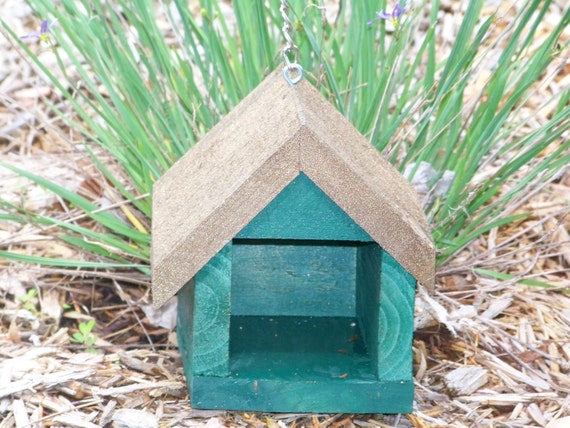Everyone I am sure has heard about the birds and the bees? Well, not that kind but how real life birds and bees not only make your garden beautiful and interesting but also because they provide beneficial to the health and beauty of your garden.
Both birds and bees help to control pests and improve flower pollination. While some birds and bees are attracted to the plants and trees in your garden, there are other ways that you can welcome and encourage them to come into your gardens


Here are some different ways to welcome natures' garden helpers into your garden.
Bee Hotel
While solitary bees are excellent pollinators, they often have a hard time finding a nesting site that will remain undisturbed. Here's a way to provide a safe location for our buzzy friends without worry it taking over a place in your garden or other outdoor structures. By creating a "bee hotel" you will create another decorative piece for your garden that will support bees.

When to Start: Summer
At its Best: Autumn to Winter
Estimated Time to Complete: 30 minutes
What You Will Need
Clippers
Bamboo Canes
Modeling Clay
Raffia or String
Small Terracotta or Plastic Pot
Step #1: Cut Lengths of Bamboo
Using a pair of sharp clippers (BE CAREFUL!!), cut short lengths of bamboo canes that will fit into your pot. The natural variation in diameter will attract different types of bee


Step #2: Push Them into a Pot
Fill the base of the pot with modeling clay and push the cute bamboo canes firmly into the clay. Continue doing this until the pot is packed tightly.

Step #3: Hang Your Hotel
Tie raffia or string tightly around the outside of the pot and suspend it from a hook or attach it to a wall. Place in a sheltered, sunny spot in your yard and then angle the open end of the pot downward so that the bamboo canes are not able to fill up with water if it rains.


Tip! Flower Food
To make life for the new bee residents in the hotel , position the nest close to a nectar rick flower. They will only have to travel a short distance for food!


Now, lets move onto our feathered friends. You can encourage birds to visit your garden by putting up one or two nest boxes in your yard. Not only will they be able to make their nests and rear their young there, you will create a small army of pest-eaters who will help your flowers and other plants.
Choosing the Right Box
Birds can be picky about where they live, so it is important to choose the right type of box for your future bird residents. Select one that is made from an insulating material, such as wood, to prevent them from becoming too hold or too cold. Avoid any ceramic houses or ones with metal roofs.
Correct hole size is also important to consider. If its too small, the birds you want to attract, might not be able to fit. Too large, and wind, rain, or predators will be able to get in.
The box should be robust, waterproof, safe, and comfortable in order to attract any birds. If you want to attract a particular species, if might be best to do some research in order to find out what suits that species.
Siting Your Box
Nest boxes should be placed in a sheltered place, away from strong sunlight, wind, and rain. Position them in the quietest area of your garden, away from feeding areas and at least 5 feet above the ground. This mimics the natural environment birds choose for their nests. Choose a position away from large branches where cats may be able to lurk. Look for a place where flimsy twigs are nearby so to give fledglings a place to perch when they first leave the nest. The best time to put up nest boxes is outside of the breeding season, between mid-summer and late winter.
Other Tips
1. Birds use roosting pockets, like pictured above, to hide from predators during the day. Smaller species, such as wrens, may even nest in them.


2. Boxes with a smaller 1 inch hole are attractive to wide range of different garden birds, including chickadees and bluebirds.



3. Open-fronted nest boxes appeal to species like robins and wrens, which to prefer to see out of their home.


To all you DIY-ers out there, here are some things to consider when creating your own bird box.
Wood is the best and easiest material to use. Make sure to treat the wood to prevent it from decaying. It is also alright to paint or stain the house as long as the products are non-toxic and wildlife friendly to keep your new birds residents healthy!

